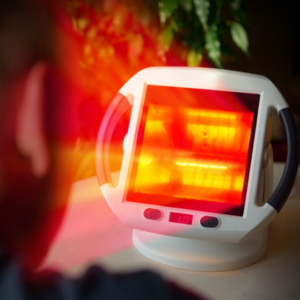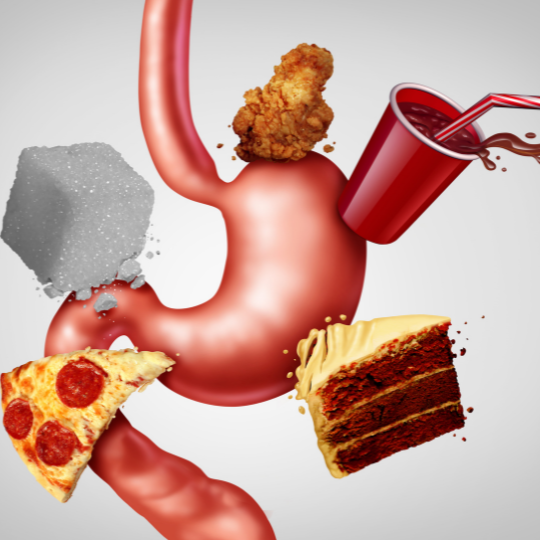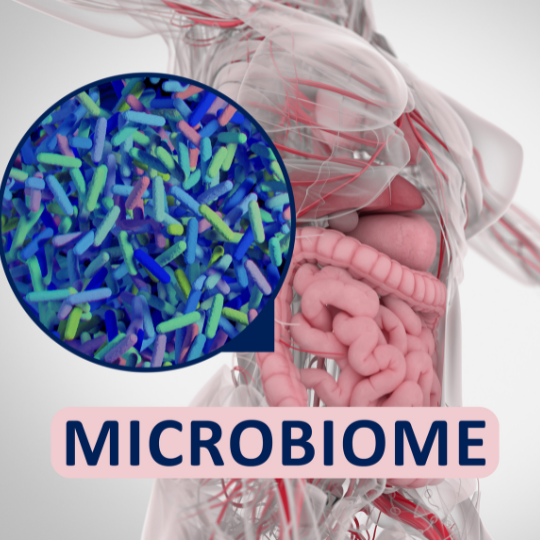Hey there! Are you curious about photobiomodulation, also known as red light therapy? It’s a pretty cool and increasingly popular method for improving health and wellbeing.
Red light basics
First of all, let’s define what photobiomodulation is. Essentially, it’s the use of red and near-infrared light wavelengths to stimulate and improve the function of cells in the body. This is usually done using special devices that emit these wavelengths, which can be applied directly to the skin or other areas of the body.
Red light therapy uses visible red light wavelengths, typically between 630 and 700 nanometers, to stimulate the body’s cells. This is different from other types of light therapy, such as blue light therapy, which uses shorter wavelengths and is mainly used to treat acne.

So what makes photobiomodulation so special? One key characteristic is the irradiance, or intensity, of the light being used. It’s important to use a high enough irradiance to get the desired effects, but not so high that it becomes harmful. The wavelength of the light is also important. As mentioned, red and near-infrared light wavelengths are the most effective for photobiomodulation, as they have been shown to penetrate the skin and stimulate cellular function.
What Red Light does
But what are the proven benefits of photobiomodulation? There have been numerous scientific studies showing its effectiveness for a variety of health conditions. One of the most well-known is its ability to improve age-related macular degeneration (ARMD), a common cause of vision loss in older adults. Photobiomodulation has also been shown to reduce inflammation, promote hormone balance, and even accelerate wound healing.
In terms of photobiomodulation protocols, it’s important to follow the guidelines provided by the manufacturer of the device being used. This will typically involve using the device for a certain amount of time each day, at a specific distance from the skin, and at a certain intensity.

For AMRD specifically, flashing red light in the eyes early in the day for 2-3 minutes can offset some of the degeneration by improving mitochondrial function in the photo receptors; these are some of most metabolically active cells, especially in dark. The exact protocol studied entails an exposure of 2-3 min/day to 670nm red light for 2-12 weeks; this can improve visual acuity with up to 22% in short wave cones of the eye for individuals older than, via a reduction in reactive oxygen species in the mitochondria.
In conclusion, photobiomodulation is a safe and effective way to improve the function of cells in the body and promote overall health and wellbeing. It’s easy to see why it’s becoming increasingly popular among those looking to enhance their health and improve their quality of life.
What’s more, red light can be safely used if there is a need to be awake at night, as it doesn’t decrease melatonin, nor does it increase cortisol. Just make it as dim as you can comfortably tolerate, while going about your nightly activities.











